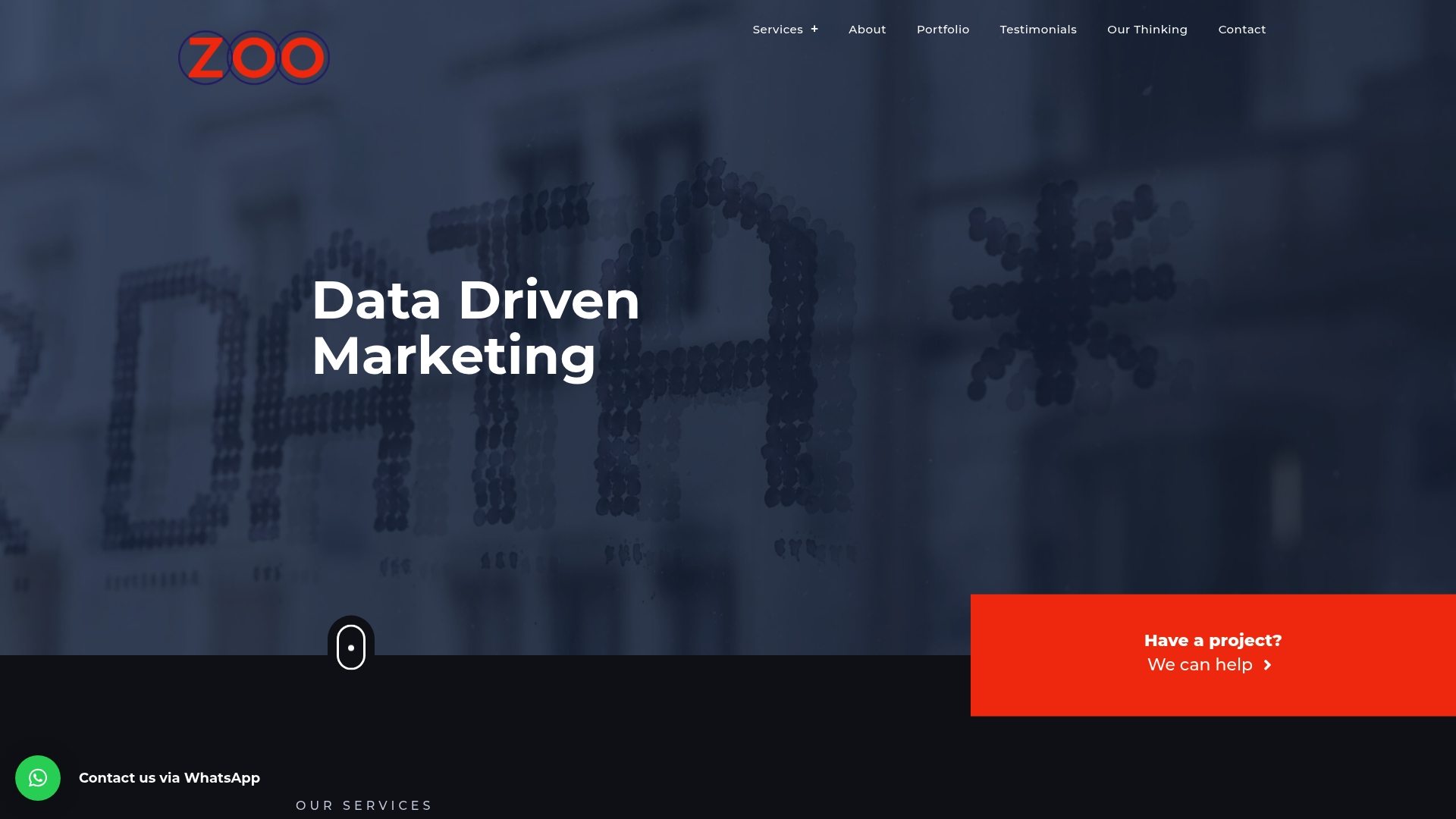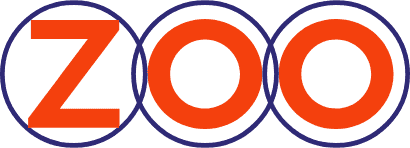Did you know that over 4.9 billion people worldwide use the internet today? This digital surge has shifted how businesses reach and influence customers, yet print ads, TV spots, and billboards remain powerful tools for many brands. Knowing the strengths and limits of both digital and traditional marketing helps you choose methods that capture attention, drive results, and fit your goals in a competitive marketplace.
Key Takeaways
| Point | Details |
|---|---|
| Digital Dominance | Digital marketing offers measurable results, personalized targeting, and real-time engagement, making it highly effective for modern businesses. |
| Traditional Value | Traditional marketing still serves important local markets but lacks the analytics precision of digital methods. |
| Strategic Integration | Successful businesses are increasingly blending digital and traditional strategies for comprehensive outreach and engagement. |
| Cost Efficiency | Digital channels typically deliver higher ROI and lower customer acquisition costs compared to traditional methods. |
Table of Contents
- Defining Digital And Traditional Marketing
- Types And Channels Of Each Approach
- Key Differences In Strategy And Execution
- Costs, ROI, And Practical Considerations
- Choosing The Right Marketing Mix For Your Business
Defining Digital and Traditional Marketing
Marketing is a dynamic field with two primary approaches: digital marketing and traditional marketing. According to Wikipedia’s research, digital marketing represents the component of marketing leveraging internet and online-based digital technologies like computers, mobile phones, and digital platforms to promote products and services.
Digital marketing has dramatically transformed how businesses connect with audiences. Its key characteristics include:
- Highly measurable performance metrics
- Personalized targeting capabilities
- Cost-efficient engagement strategies
- Real-time interaction and feedback
- Global reach with precision targeting
Traditional marketing, by contrast, encompasses offline advertising strategies that have been the backbone of promotional efforts for decades. According to Equinet Academy, this approach includes print advertisements, television and radio commercials, billboards, and direct mail campaigns. These methods typically rely on estimated audience reach and lack the granular analytics of digital platforms.

While traditional marketing still holds value, particularly for local or demographic-specific campaigns, digital marketing offers businesses unprecedented ability to track, measure, and optimize their promotional efforts. Read more about digital marketing strategies for small businesses to understand how these approaches can transform your marketing approach.
Types and Channels of Each Approach
Digital marketing channels have exploded in diversity and sophistication, offering businesses multiple strategic avenues to reach their target audiences. According to Wikipedia, these channels include:
- Search Engine Optimization (SEO): Improving website visibility in organic search results
- Search Engine Marketing (SEM): Paid advertising on search platforms
- Content Marketing: Creating valuable online content to attract and engage audiences
- Social Media Marketing: Promoting brands across platforms like Facebook, Instagram, LinkedIn
- Influencer Marketing: Partnering with online personalities to reach specific demographics
- Email Direct Marketing: Targeted communication through personalized email campaigns
- Display Advertising: Visual ads across websites and digital platforms
Traditional marketing channels, as documented by WSCube Tech, maintain their classic offline approach through diverse mediums:
- Outdoor Marketing: Billboards and physical signage
- Print Media: Newspapers, magazines, brochures
- Broadcast Media: Television and radio commercials
- Direct Mail: Physical promotional materials sent to potential customers
- Word-of-Mouth Referrals: Personal recommendations
- Telephone Marketing: Cold calling and SMS campaigns
Discover strategic digital marketing approaches for small businesses to understand how modern channels can transform your marketing strategy.
Key Differences in Strategy and Execution
Digital marketing represents a revolutionary approach to audience engagement, fundamentally transforming how businesses communicate and interact with potential customers. According to WSCube Tech, the strategic differences are profound, with digital marketing enabling advanced targeting and personalization that traditional methods simply cannot match.
The core strategic distinctions emerge in several critical areas:
Here’s a comparison of digital vs traditional marketing strategies:
| Aspect | Digital Marketing | Traditional Marketing |
|---|---|---|
| Targeting | Highly specific Data-driven | Broad Less refined |
| Communication | Two-way Interactive | One-way Broadcast |
| Measurement | Real-time analytics | Delayed metrics |
| Customisation | Personalised content | Generic messaging |
| Feedback Speed | Instant Dynamic | Slow Limited |
| Cost Efficiency | Generally cost-effective | Often expensive |
| Flexibility | Easily adjustable campaigns | Harder to modify |
- Targeting Precision: Digital platforms allow hyper-targeted messaging based on demographics, behavior, and specific interests
- Interactive Communication: Two-way engagement replaces one-way broadcasting
- Customization: Tailored messages instead of generic, blanket communications
- Audience Interaction: Real-time feedback and dynamic response mechanisms
Performance measurement represents another significant divergence.
VIDEO:video_content] [Equinet Academy highlights that digital marketing provides real-time performance analytics, enabling businesses to adjust strategies instantly. Traditional marketing, by contrast, relies on indirect outcome measures like surveys or retrospective sales trend analysis, creating slower and less precise feedback loops.
Learn more about building effective marketing strategies for small businesses to understand how these strategic nuances can impact your marketing effectiveness.
Costs, ROI, and Practical Considerations
Return on Investment (ROI) is the critical metric that separates effective marketing strategies from wasteful spending. According to AOK Marketing, the financial performance of marketing channels varies dramatically:
- Email Marketing: Generates an impressive $36–$42 in revenue per $1 spent
- Paid Social Advertising: Yields approximately $2–$4 per $1 invested
- Direct Mail: Shows ROI around 161%, with conversion rates between 5% and 9%
A compelling case study from Onimod Global demonstrates the transformative potential of digital strategies. By shifting from traditional channels like newspaper and radio to geo-targeted search ads, social retargeting, and optimized landing pages, businesses can:
- Increase ROI from 1.4x to 4.2x
- Reduce customer acquisition costs from $68 to $24
- Achieve these improvements within a 90-day campaign
Practical considerations extend beyond pure numbers. Digital marketing offers unparalleled flexibility, allowing businesses to adjust campaigns in real-time, test multiple approaches, and precisely target their ideal audience.
![]() While traditional marketing still has its place, the economic and strategic advantages of digital platforms are becoming increasingly difficult to ignore.
While traditional marketing still has its place, the economic and strategic advantages of digital platforms are becoming increasingly difficult to ignore.
Explore our guide on building a marketing strategy for small businesses to understand how to maximize your marketing investments.
Choosing the Right Marketing Mix for Your Business
Integrated marketing strategies are no longer just a trend—they’re a necessity for businesses seeking comprehensive audience engagement. According to Webzilla Global, successful businesses are increasingly blending traditional and digital marketing approaches to create seamless, multi-channel experiences.
Your marketing mix should consider several key factors:
- Business Type: B2B vs B2C requirements
- Target Audience: Age, digital literacy, media consumption habits
- Budget Constraints: Cost-effectiveness of different channels
- Industry Specifics: Some sectors respond better to specific marketing approaches
Smart integration techniques are revolutionizing marketing strategies. For instance, traditional media like billboards and print advertisements can now incorporate QR codes that direct users to immersive digital experiences. Artificial intelligence is enabling hyper-personalization across digital platforms, while data-driven insights are refining targeting in traditional media channels.
Learn about strategic digital marketing budget allocation to help you craft a balanced, effective marketing approach that maximizes your reach and return on investment.
Ready to Close the Gap between Digital and Traditional Marketing?
Are you feeling overwhelmed by all the choices, not sure how to balance proven traditional tactics with the speed and precision of digital marketing? You learnt in this guide how crucial real-time analytics, customised targeting, and measurable ROI are for modern business success. Many business owners struggle to put these powerful concepts into practice, losing out to fast-moving competitors.

This is your chance to act before your competition does. Zoo Digital specialises in exactly these challenges.
- Discover how our data-driven marketing elevates your campaigns.
- We optimise Google Ads, Meta Ads and TikTok strategies so you reach the right customers fast.
- Our expert team puts proven tracking in place, helping every rand you spend go further.
- We set up Hubspot CRM and automation tools to convert more leads into loyal clients.
Do not let uncertainty cost you another sale. Visit Zoo Digital or browse our Uncategorized Archives for more insights. Ready to see what the right marketing mix can do for your business? Contact us now and let us show you how we can help you bridge the gap to measurable results.
Frequently Asked Questions
What are the main differences between digital marketing and traditional marketing?
Digital marketing involves online strategies like SEO, social media, and email campaigns, while traditional marketing focuses on offline methods like print ads and television commercials. Digital marketing offers real-time data analytics and targeted audience engagement, whereas traditional methods typically rely on estimated reach and delayed feedback.
How can businesses measure the effectiveness of their digital marketing strategies?
Businesses can measure digital marketing effectiveness using real-time analytics tools that track metrics such as website traffic, click-through rates, social media engagement, and conversion rates. This allows for quick adjustments and optimization of campaigns based on performance data.
What are the cost differences between digital and traditional marketing?
Digital marketing is generally more cost-effective than traditional marketing. For example, email marketing boasts a return of $36–$42 per $1 spent, while direct mail shows a lower ROI. Traditional marketing often involves higher costs for production and distribution with less precise measurement.
How should a business decide which marketing approach to use?
A business should consider its target audience, budget, and type of products or services when deciding on a marketing approach. An integrated strategy that combines both digital and traditional marketing methods often provides the best results, as it allows for a multi-channel communication strategy.
Recommended
- Digital Marketing for Beginners: 2025 Guide for Small Businesses – Zoo Digital
- Digital Marketing Terms Explained for Small Businesses 2025 – Zoo Digital
- Digital Marketing Budget Allocation: Smart Planning for 2025 – Zoo Digital
- How to Build a Marketing Strategy for Small Businesses in 2025 – Zoo Digital

